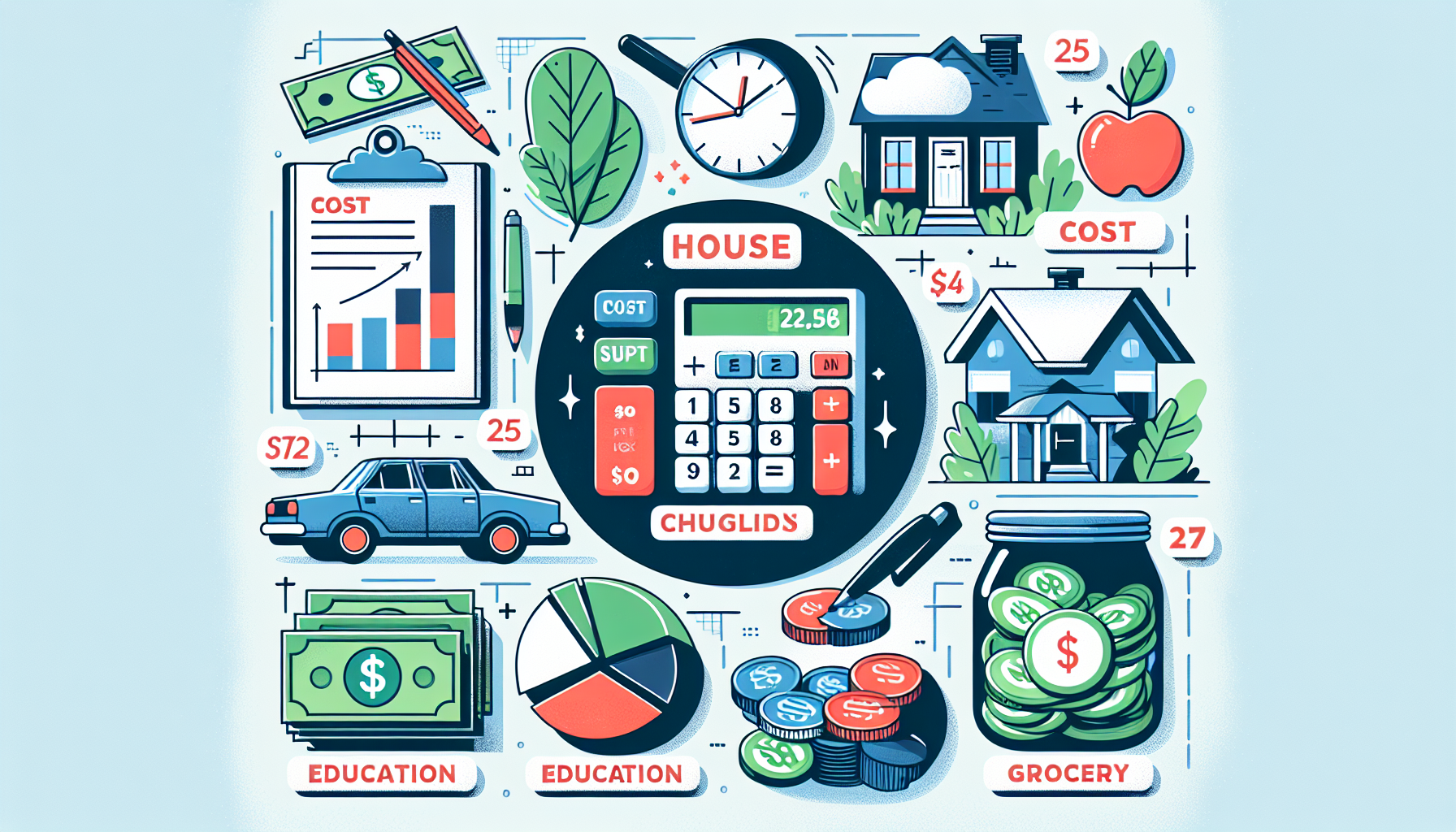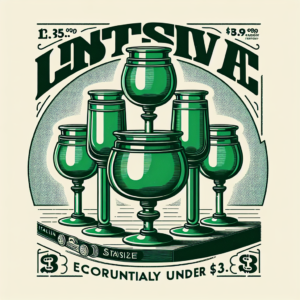Becoming a self-promoter of a home offers great advantages, such as the freedom to design your dream house and save on real estate developer surcharges. However, it also involves risks, especially if one fails to consider all the expenses involved. Here’s a detailed guide on the costs of building a house, from purchasing the land to the final registration of the property.
Land Purchase
The first step in building a house is acquiring suitable land. If you already own a piece of land, you’ll save a significant portion of your budget. Otherwise, the purchase of the plot can represent up to a third of the total value of the future home, depending on its location and buildability. Additionally, it’s crucial to check with the local town hall that the land is suitable for building and complies with current urban regulations.
To the price of the land, you must add:
- Public deeds in the notary’s office: between 600 and 875 euros.
- Change of ownership in the Property Registry: calculated based on the value of the plot.
- Taxes: 21% VAT or the Property Transfer Tax (6-10% depending on the autonomous community) and the Stamp Duty (around 1%).
You will also need a topographic survey and a geotechnical study of the land, costing between 800 and 1,200 euros.
Materials for the Structure
The type of material chosen for the structure will significantly influence the total cost. The most common materials are:
- Concrete: strong and durable, 50 euros/m3 for regular and 75 euros/m3 for reinforced.
- Steel: used for slabs and structures, 100 euros/m2.
- Wood: excellent thermal insulation, 185-200 euros/m2 depending on the type and quality.
Prices According to Square Meters
The size of the house will also determine the cost. The larger the square meters, the higher the total investment, although the price per square meter can be reduced in larger homes. The material execution budget (PEM) for a single-family home can range between 650 and 900 €/m2.
Construction Company Expenses
The contract budget includes the PEM, the general expenses of the work (13% of the PEM), and the constructor’s profit (6% of the PEM). It is advisable to present the project to several construction companies to obtain budgets and select the best option.
Total Construction Budget
In addition to the contract budget, you should consider technical fees, municipal taxes and fees, and VAT. The architect’s fees represent between 8 and 15% of the PEM, while the technical architect and the safety and health coordinator charge 30% of the architect’s fees.
Municipal fees include the major construction license (4-6% of the construction budget) and the ICIO (maximum of 4%). VAT is 21% for professional fees and 10% for the contract budget.
Other Expenses After Completion of the Works
- Cleaning: between 15 and 20 euros per hour per person.
- Registration of the house: between 700 and 1,000 euros.
- Utility connections: electricity (from 165 euros), water (50-150 euros), and gas (72-156 euros).
Types of Construction
- Prefabricated houses: faster and cheaper, with a cost of 770-870 €/m2.
- Modern architecture houses: innovative design and energy-efficient.
- Ecological houses: use of sustainable and efficient materials, with a higher initial investment but long-term savings.
- Wooden houses: quick and efficient construction, at a higher cost than traditional ones.
Self-Promoter Mortgage
To finance the construction, you can apply for a self-promoter mortgage, calculated based on the final value of the home. You will need the registered land, the budgeted and endorsed construction project, and the construction license.
Construction Planning
Key steps in building a house:
- Choice of land: with topographic survey and geotechnical study.
- Architect’s project: includes the basic and execution project.
- Choice of construction company: request budgets and select the best.
- Construction license: apply at the corresponding town hall.
- Construction: manage provisional supply connections and liability insurance.
- Final documentation: obtain the first occupancy license, house deed, registration in the Property and Land Registry, and utility connections.
This guide provides a comprehensive view of the costs and steps necessary to build a house in Spain, ensuring you’re not faced with unpleasant surprises during the self-promotion process.










